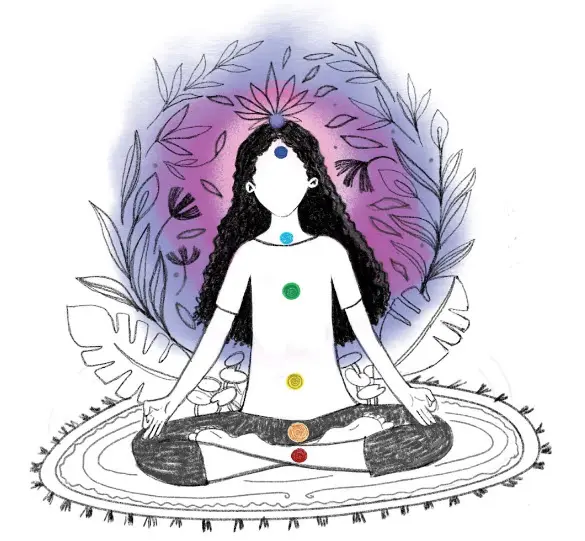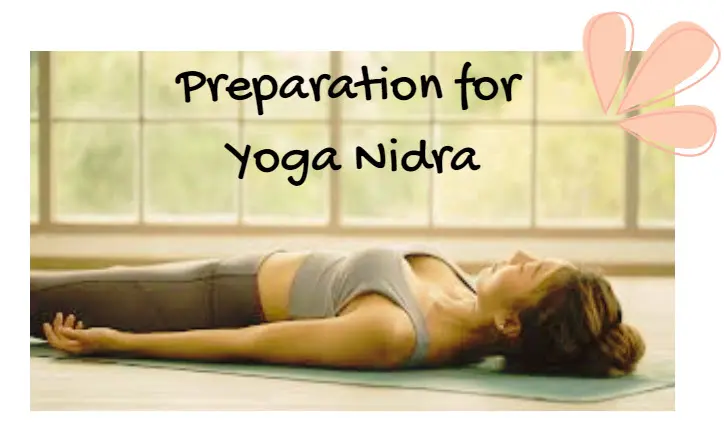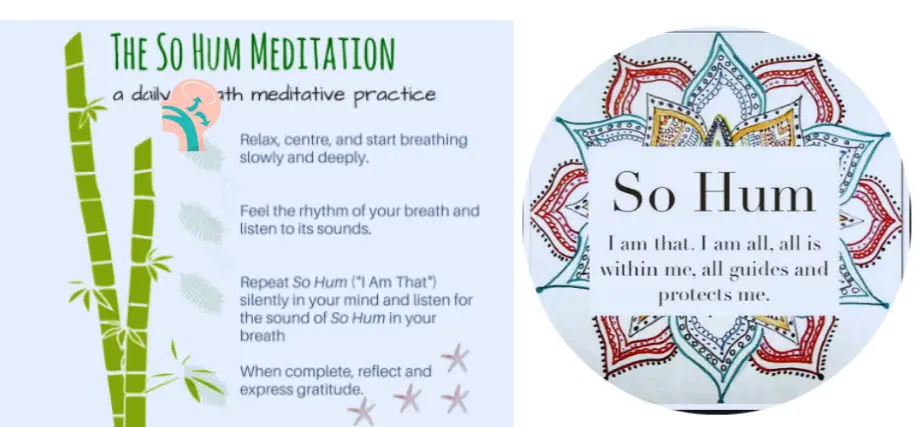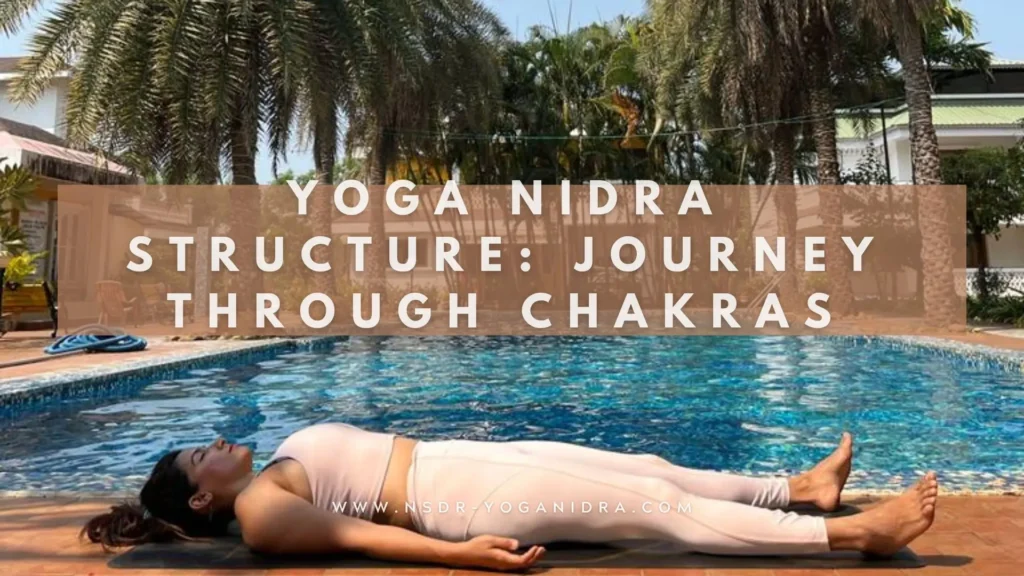The Power of Yoga Nidra: A Journey Through the Chakras and Body Visualization Ft. Sleep Dragon
For many, meditation can seem like an elusive practice, hard to grasp and even harder to maintain. Yet, there’s something all of us do naturally every night – sleep. Yoga Nidra, often referred to as “yogic sleep”, harnesses the biological process of sleep to guide us into a profound meditative state. Imagine going to sleep with a problem or thought every night that you want to work towards and when you wake up, you’re one step closer to finding a ” solution” or creating a path for yourself to follow. Giving your brain something to “chew on” when you sleep at night, can create learning, improve neuroplasticity and create habits and skills that you imbibe, all while you sleep! Imagine using ⅓ of your life that would otherwise be you just sleeping and turn it into a creative and transformative inner space. Now that practice is worth researching!

What is Yoga Nidra? Is it Meditation?
Yoga Nidra translates to “sleep meditation.” Instead of the traditional seated meditation posture that can sometimes feel uncomfortable, Yoga Nidra invites participants to lie down in a comfortable position, allowing them to drift into a state bordering on sleep. The beauty of Yoga Nidra lies in its simplicity: even if you do fall asleep, the benefits remain. You can’t do it wrong.
Yoga nidra’s original purpose was to find ‘Samadhi’ – True self realization. At Sleep Dragon we have gone slightly the Andrew Huberman way. We have used the knowledge of ancient Vedic practices taught in Eastern India and combined it with modern techniques researched in the West. Varuna first started the practice of Yoga Nidra at the age of 3 and gradually learnt techniques from both classical schools of thought and gained an understanding from teachers all over the world.
She found that the goal of Yoga Nidra was always the same- we can achieve deep rest, enhanced learning, and neuroplasticity through science-backed techniques. The practice fine-tunes your mind for problem solving and creates long term memory by (re) programming the subconscious.
Setting up for Yoga Nidra: Preparation
To begin, it’s always great if you can find a restful position, preferably on your back. Make sure your surroundings are quiet and that you won’t be disturbed in the middle of your practice.
Use padding under your head to align your neck, head and shoulders in one straight line.

Elevate your knees slightly, ensuring no strain on your lower back. If lying on your back isn’t possible, opt for a side position or a comfortable seated posture. Your body needs to be comfortable. (If possible) make sure the curtains are drawn in and the light doesn’t hit your eyes. A cozy warm room or the comfort of your bed can help you raise the bar with your Non sleep deep rest and yoga nidra practice.
Entering the Deep Relaxation State: Phase 1
Once settled, Varuna advises to not fight against thoughts moving through the mind, in fact resist nothing- thoughts, feelings, emotions. Deep inhalations followed by releasing exhalations will usher in a sense of peace. To further deepen relaxation, participants are guided to tense and then release their muscles, cultivating a heightened awareness of the relaxation that ensues. There is an entire ocean of formats for Yoga nidra and it gets more interesting as you dive in and explore these diverse practices.
So-Hum Meditation to cleansing the energy systems in the body : Phase 2
Central to this session is the breathwork. Breathing is crucial to the entire process of inner cleansing. When the body pumps out more CO2 or carbon dioxide, there is a sudden flush of oxygen in the body and this sometimes can lead to a gentle tingling in the fingers and a rush of energy overall. Research has even shown that breathwork can create structural changes in the brain.
“Breathing is crucial to the entire process of inner cleansing“
Swami Vivekananda
Let’s get into the kinds of practices and Kriyas that can create subtle energy currents in the body and can help release emotion. The So-Hum meditation, which involves guiding the breath from the third eye down to the base of the spine and back up. With each inhalation, the sound “so” is felt, and with each exhalation, “hum.” This practice synchronizes sound, breath, and sensation, leading to profound absorption and oneness.

Before So-hum breathing the practitioner is generally taken through different pranayamas such as Bhastrika, mudras and other deeper practices. One must always do this under the guidance of a teacher.
Journey Through the Chakras: Phase 3 or Body Vizualisation – Entering Deep State
Varuna next leads participants on a journey through the body, drawing attention to various parts without judgment. This journey culminates in a deep exploration of the chakras, the energy centers of the body- Sahasrara, Ajna, Vishuddhi, Anahata, Manipura, Swadhisthana and Mooldhara.
Cleansing, balancing and energizing the chakras through breathwork and Yoga Nidra can create release of many deep seated emotions and create healing. We allow the breath to move through the body, releasing any blockages in the energy channels or Nadis that bring an influx of Prana or life force.
Next focusing on each chakra, from the base of the spine to the crown of the head, is visualized, felt, and energized. This process helps in harmonizing and aligning energies, leading to a state of unity and oneness.
The seven primary energy centers, known as chakras, are integral to various spiritual practices. Each chakra is associated with specific emotions and attributes:
- Root Chakra (Red): Safety, security, and belonging.
- Sacral Chakra (Orange): Pleasure, sensuality, and creativity.
- Solar Plexus Chakra (Yellow): Self-esteem and personal power.
- Heart Chakra (Green or Pink): Love, compassion, and forgiveness.
- Throat Chakra (Blue): Self-expression and truth.
- Third Eye Chakra (Indigo): Intuition and insight.
- Crown Chakra (Violet or White): Spirituality and enlightenment.

Balancing these chakras is believed to enhance overall well-being, using practices like meditation and yoga. Approach these concepts with an open mind, as they stem from ancient spiritual traditions and corresponding to the major glands in the body. Breathwork with visualization can help bring blood circulation through the glands and help in healthy functioning of the body.
The Visualization and Body Consciousness: Re-programming the sub-conscious
The Visualization and Body Consciousness varies from meditation to meditation and according to the person or group, the tools are applied.
We go through a body scan while breathing mindfully. The science is basically to move into a state of rest and relaxation that automatically happens once you slow the heart rate. Body scans, healing body visualizations, focussing breathwork while sleeping, visualizing a certain body part and more can be undertaken under guidance.

Closing the Practice or the Awakening: Final Stage
As the session nears its end, participants are guided back to awareness of their physical bodies. They are reminded of the shifts that have occurred, both seen and unseen. With a collective sound of “OM”, a sense of peace and unity is sealed. If you’re not comfortable chanting Om, you can simply take a few deep breaths and focus on the sound of your breath before it is time to sit back up again.
Beeja Mantras or ancient sounds/ mental chants can also be used when one is completing their practice and each Chakra or energy center has one which is dedicated to them. These are usually done by the teacher themselves. In addition, the practitioner’s goal is also taken into note, mentally and visually to help them inculcate a clearer picture of what they want to achieve.
Yoga Nidra stage by stage in Sleep Dragon
Yoga Nidra is a transformative practice, accessible to everyone. As Varuna Shunglu illustrates, it’s an invitation to deep rest, heightened awareness, and a profound connection to the universe. Whether you’re new to meditation or a seasoned practitioner, Yoga Nidra offers a unique path to inner peace.
——–



